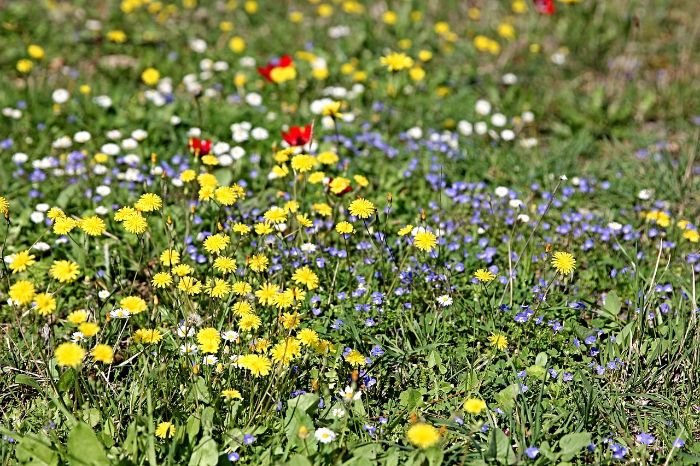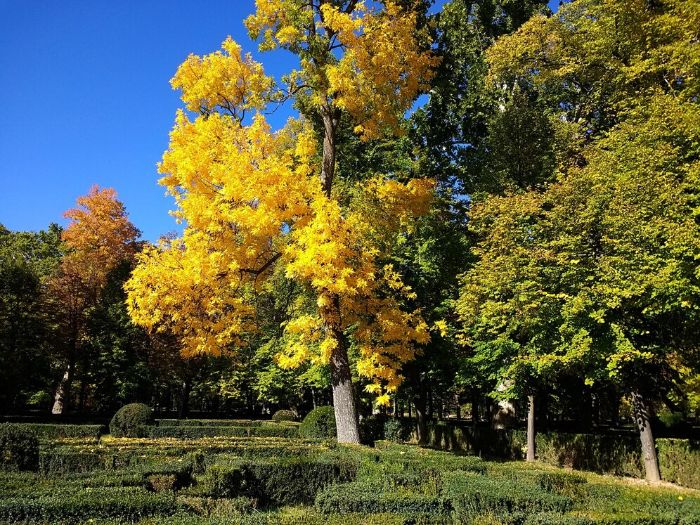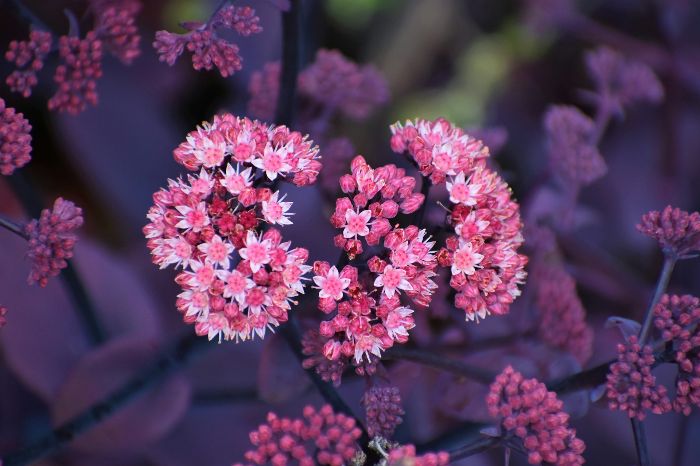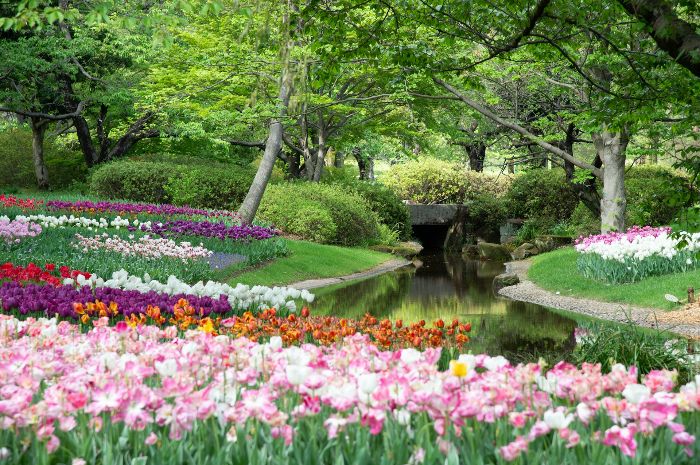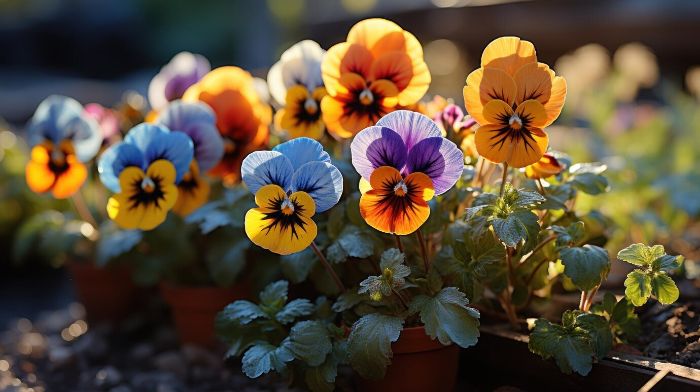Have you ever been unsure if the plants in your garden are weeds? Do you find it hard to tell harmful weeds from beneficial plants? Learning how to identify weeds is key to a healthy, beautiful garden. We’ll talk about why weed identification is important. We’ll also look at the features of weeds and show you useful plants some mistake for weeds. Get ready to learn about weed identification and improve your garden skills.
Key Takeaways:
- Learn how to identify common weeds and differentiate them from beneficial plants
- Discover the harmful effects of weeds on your garden’s health and productivity
- Uncover the ecological roles and benefits of some plants often mistaken as weeds
- Explore effective weed control strategies to maintain a weed-free garden
- Find out how to strike the perfect balance between weed control and plant diversity
Table of Contents
Introduction to Weed Identification
Weeds in a garden can stop its plants from growing well and being healthy. It’s key to know how to tell weeds apart from wanted plants. This way, gardeners can use the right methods to control weeds and protect their garden.
Importance of Identifying Weeds in the Garden
Knowing weeds is very important for garden care. It’s the first step to control and look after the garden. With the right knowledge, gardeners can stop weeds from spreading and causing harm to their plants.
Here’s why knowing about weeds is crucial:
- Implement targeted weed control strategies – It lets gardeners use the best ways to fight each weed type. This keeps the garden healthy and cuts down on using too many chemicals.
- Protect the aesthetics of the garden – Weeds can mess up how a garden looks. Finding and removing them keeps the garden beautiful.
- Promote plant health – Weeds and wanted plants fight for the same food and space. Getting rid of weeds helps your plants grow better.
- Maintain a balanced ecosystem – By knowing what’s a weed and what’s not, you can keep good plants and have a healthy mix in your garden.
Weed identification is the first step to managing them. The next part will talk more about what weeds are and what they look like.
Understanding Weeds – Definition and Characteristics
To manage weeds in the garden, understanding weeds is key. Weeds are unwanted plants. They grow where we don’t want them to and do so easily and quickly.
What Are Weeds?
Weeds come in many forms, like grasses, broadleaf plants, and trees. They invade places like gardens, lawns, and fields. This invasion harms the growth of wanted plants. Weeds are great at adapting and reproducing. This makes them tough competition for resources.
Common Characteristics of Weeds
Weeds stand out because of these traits:
- Rapid growth – Weeds can grow much faster than other plants around them.
- High reproductive potential – They make a lot of seeds or other seeds for spreading.
- Competitive nature – Weeds fight fiercely for resources like water and sunlight.
- Adaptability – Weeds do well in many environments, even tough ones with poor soil.
Why Some Weeds Are Considered Harmful
Not all weeds are bad, but some can wreck the garden and harm plants. These weeds threaten crops and lessen the beauty of gardens. They can change the types of plants that live in an area.
These harmful weeds can also attract pests and diseases. This can further hurt a garden. By knowing which weeds are bad, gardeners can fight them. This helps keep the garden healthy and beautiful.
Common Harmful Weeds
In gardens, certain weeds can threaten the health of desired plants. It’s key to know about the common harmful weeds. This helps in controlling them and keeping your garden healthy. Let’s learn more about these weeds:
Dandelions (Taraxacum officinale)
Dandelions quickly take over lawns, flower beds, and veggie gardens. They start as bright yellow flowers, then turn into seeds that fly away. These weeds are hard to get rid of because of their deep roots.
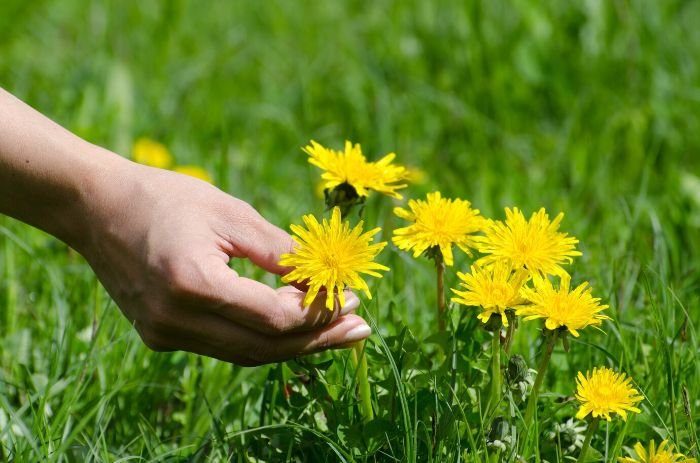
Crabgrass (Digitaria spp.)
Crabgrass thrives in warm weather and spreads fast. It grows in thin spots and can crowd out other grass. You can easily spot it by its clumpy look and rough feel.
Bindweed (Convolvulus arvensis)
Bindweed winds around plants, stopping them from growing well. It climbs and twists with other plants, blocking their sun. Bindweed looks like morning glory, with heart-shaped leaves and pretty, funnel-like flowers.
Thistle (Cirsium spp.)
Thistles are prickly, tough weeds that invade gardens. They have spiny leaves and bright pink or purple flowers. Their seeds spread easily with the help of wind, animals, or people.
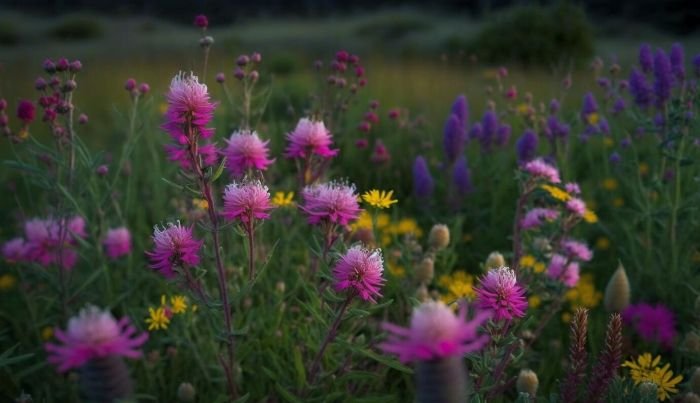
Nutsedge (Cyperus spp.)
Nutsedge, or nutgrass, looks like grass but is tough to get rid of. It has triangular stems and grows in wet spots. This weed can spread quickly, taking over or mixing in with lawns.
To control these harmful weeds, you must first know how to spot them. It’s important to recognize their features and the harm they can cause. Then, you can take steps to stop them from growing and hurting your garden.
Identifying Beneficial Plants Often Mistaken for Weeds
Not all plants we call weeds are bad. Some can actually help your garden a lot. Let’s look at some of these helpful plants:
Clover (Trifolium spp.)
Clover looks like a weed with its three leaves. Yet, it’s great for the soil. It pulls nitrogen from the air, enriches the soil, and helps other plants. Clover also attracts helpful bugs with its flowers.
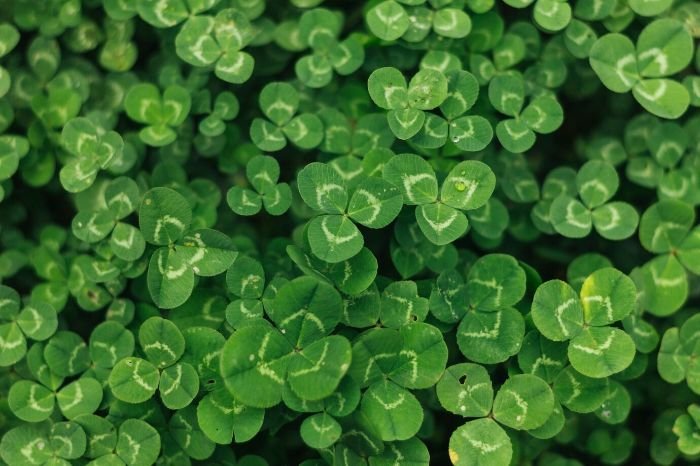
Plantain (Plantago major)
Plantain has wide leaves and tall flowers. It’s often seen as a weed, but it’s a helpful plant. It can heal and it covers the ground, stopping other weeds. It keeps the soil moist too.
Chickweed (Stellaria media)
Chickweed is tiny with star flowers. It’s good to eat and attracts birds and bugs. Having it in your garden can make it more natural and full of life.
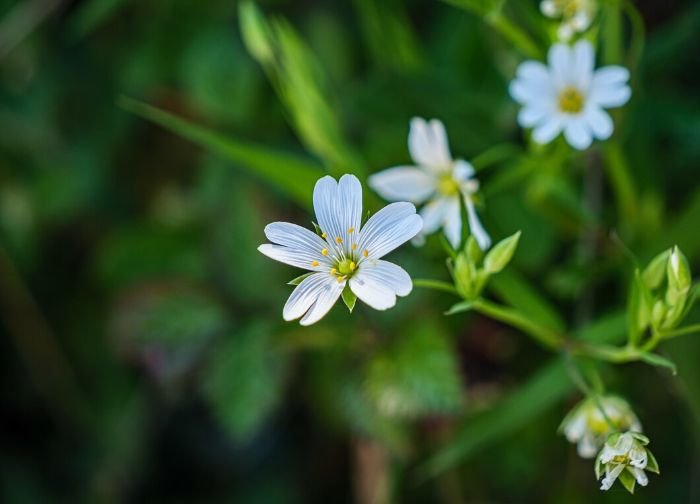
Purslane (Portulaca oleracea)
Many see purslane as a weed. Yet, it’s full of good stuff like omega-3 and antioxidants. It’s tasty in food and stops soil from eroding. This makes it great for your garden.
Violets (Viola spp.)
Violets are often mistaken for weeds. But, they’re not only pretty, they’re useful too. They bring butterflies and bees. Their leaves also protect the soil and add good stuff to it.
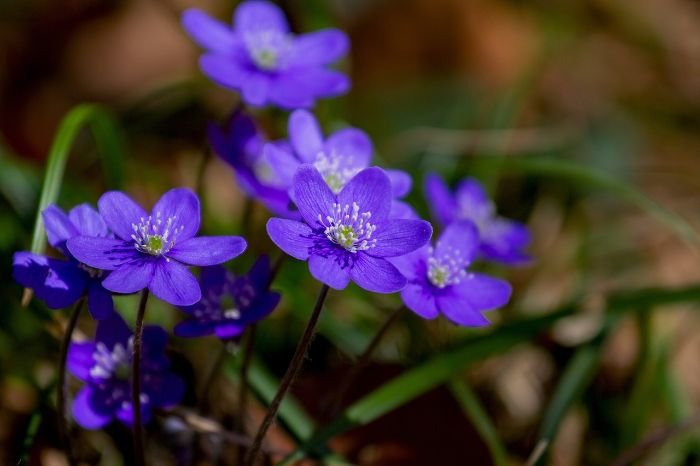
Knowing these plants helps your garden be more diverse and balanced. They bring beauty and value. You might start to love the plants you used to ignore.
Distinguishing Between Harmful Weeds and Beneficial Plants
Maintaining a healthy garden means knowing good plants from bad. You should learn to spot the difference. This helps with picking what to keep and what to remove. Knowing each plant’s role in the garden is key.
Visual Identification Tips
Look at the plants closely to tell if they’re harmful or helpful. Here’s how to do it:
- Look at the leaves to see if they’re weird or different. Weeds stand out because they don’t look like the others.
- Check how fast it grows. Weeds grow fast and can take over quickly. Good plants grow in a more organized way.
- See if it has spikes or strange flowers. These could mean it’s a weed.
By looking at these details, you’ll get better at telling good from bad plants.
Growth Patterns and Habits
The way plants grow can tell you a lot. Weeds often grow fast and don’t play nice with others. Here’s what to notice:
- Weeds grow quickly, sometimes faster than the plants around them.
- They spread in different ways, which helps them take over more space.
- Weeds don’t always have a clear job in the ecosystem.
Good plants grow in an orderly way. They help the garden by offering food and shelter to helpful bugs and by looking after the soil.
Ecological Roles and Benefits
Knowing what each plant brings to the table is important. Good plants help the garden in many ways:
- They make the garden a nice place for insects and pollinators.
- They keep the soil healthy and rich.
- They bring in helpers that eat harmful bugs.
- They make the garden look pretty with their different colors and shapes.
This helps gardeners choose the right plants for their gardens. By understanding the benefits of good plants, they can keep their gardens healthy and beautiful.
Learning to tell plants apart by their looks, growth, and roles is powerful. It helps make gardens where both good plants and variety thrive. And it keeps weeds at bay.
Effective Weed Control Strategies
To keep your garden free from weeds and your plants healthy, you need to control weeds well. And there are several good methods to do this that gardeners use. Let’s take a look at them.
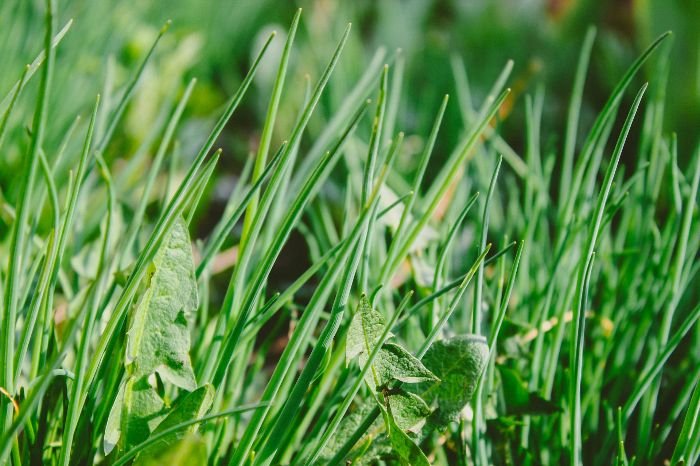
Manual Removal Techniques
Removing weeds by hand is simple and good for the environment. This means pulling or digging up weeds by their roots. Make sure you get the whole weed out to stop it from growing back. You can do this by hand or use special tools like weed pullers or hoes. They work well for getting rid of weeds one by one or in small areas.
Mulching to Suppress Weed Growth
Many gardeners like to use mulch to stop weeds from growing. Mulch is a layer of things like wood chips, straw, or shredded leaves put around plants. It keeps the sun from weed seeds, so they can’t grow. Mulch also keeps the soil moist, not too hot or cold, and adds good stuff to the soil as it breaks down.
Organic and Chemical Weed Control Methods
There are both natural and chemical ways to control weeds. Natural methods include using vinegar or hot water to kill weeds, putting salt or corn gluten meal down to stop seeds from sprouting, and using natural herbicides before weeds can grow.
On the other hand, chemical methods use man-made weed killers to get rid of weeds. These weed killers are made to hurt weeds, not other plants, if used correctly. Always read and follow the weed killer’s instructions to keep your garden, yourself, and the environment safe.
Think about what your garden needs and what you feel comfortable with before choosing a weed control method.
Using these strategies will help you have a garden that’s free from weeds and full of healthy plants.
Maintaining a Weed-Free Garden
It’s vital to keep your garden free from weeds for your plants to stay healthy and look good. You need to use prevention and maintain your garden regularly to control weed growth. This section will show you how to keep your garden free of weeds so your plants can grow well.
Preventative Measures
Stopping weeds before they start is the best approach. Take steps ahead of time to keep weeds from taking over. A key step is making sure there’s enough space between plants. This stops weeds from getting the nutrients they need and helps air move freely.
Also, putting mulch on the soil can stop weeds from growing. Use things like wood chips or straw for this. Mulch keeps weed seeds from reaching the soil and helps keep it moist, which is good for your plants.
Keeping your garden clean is also important for stopping weeds. That means getting rid of leaves and cuttings regularly. This stops weeds from finding places to grow.
Regular Garden Maintenance
Keeping up with your garden is key to fighting weeds. Take out any weeds you see right away. This keeps them from spreading and helps your plants get what they need to grow.
Check your garden often, at least once a week, to catch and remove weeds early. This makes sure they don’t get a strong hold.
Water your plants the right way to help them fight off weeds. Deep, less frequent waterings help your plant roots grow deep. This makes it harder for weeds to take over. But, don’t give too much water, as this can help weeds grow.
Healthy Soil Management
Healthy soil is a big part of keeping weeds away. Start by adding compost or organic matter to your soil. This boosts plant growth and helps plants beat out the weeds.
Putting mulch on top of your soil is helpful, too. It keeps the soil healthy and stops weeds. As the mulch breaks down, it feeds your soil, helping your plants even more.
Using cover crops is another good trick. They cover the soil, stopping weeds and making the soil better. This helps your garden grow well.
Maintaining a weed-free garden needs prevention, care, and good soil. With these tips, you can help your plants grow strong, while keeping weeds under control. A little work can keep your garden healthy and lovely.
Conclusion – Balancing Weed Control and Plant Diversity
In conclusion, keeping weeds in check helps plants thrive in the garden. It’s important to balance keeping the plants you want with letting some beneficial weeds grow too. This way, you can keep the bad weeds low without hurting the good ones. Using smart methods and knowing your weeds helps make your garden a vibrant place.
Clearing weeds is key to a pretty and healthy garden. But, wiping out all weeds can reduce the types of plants there. These plants help draw in good bugs, make pollination better, and make the garden stronger. Learning to tell good plants from bad weeds helps you choose the right ways to control weeds.
Good weed management means you do some weeding by hand and use mulch to stop weeds from growing back. You might need to use natural or chemical methods as a last choice. But, think about how these ways might harm the environment. Go for natural ways first when you can.
To keep your garden weed-free, you need to keep your space just right, weed often, and take good care of the soil. These actions cut down on weeds and help the plants you like grow strong. By managing weeds and plant life well, you’ll have a great garden that lasts a long time.
FAQ
What is weed identification and why is it important in gardening?
Weed identification means spotting and naming different weed types. It’s key for gardeners. Knowing weeds helps control them well. This stops bad weeds from spreading.
What are weeds and what are their common characteristics?
Weeds are unwanted plants in a garden. They use up sunlight, water, and nutrients. Weeds grow fast and spread quickly.
Why are some weeds considered harmful?
Bad weeds take away what good plants need. They stop plants from growing well. Some carry pests and diseases, hurting gardens.
Which are some common harmful weeds in gardens?
Bad weeds include dandelions and crabgrass. Also, bindweed, thistle, and nutsedge are harmful. If not controlled, they hurt gardens and lawns.
What are some beneficial plants often mistaken for weeds?
Clover, plantain, chickweed, purslane, and violets are often misunderstood. They help attract good bugs and improve soil. Plus, they look nice in gardens.
What are some effective weed control strategies?
Pulling weeds by hand and using tools is great. Covering soil with mulch stops weed seeds from growing. You can also use natural or chemical sprays to kill weeds.
How can I maintain a weed-free garden?
Keep weeds from starting by spacing plants well and weeding often. Water your garden right. Remove weeds on time. Healthy soil with mulch and fertilizer fights off new weeds.






